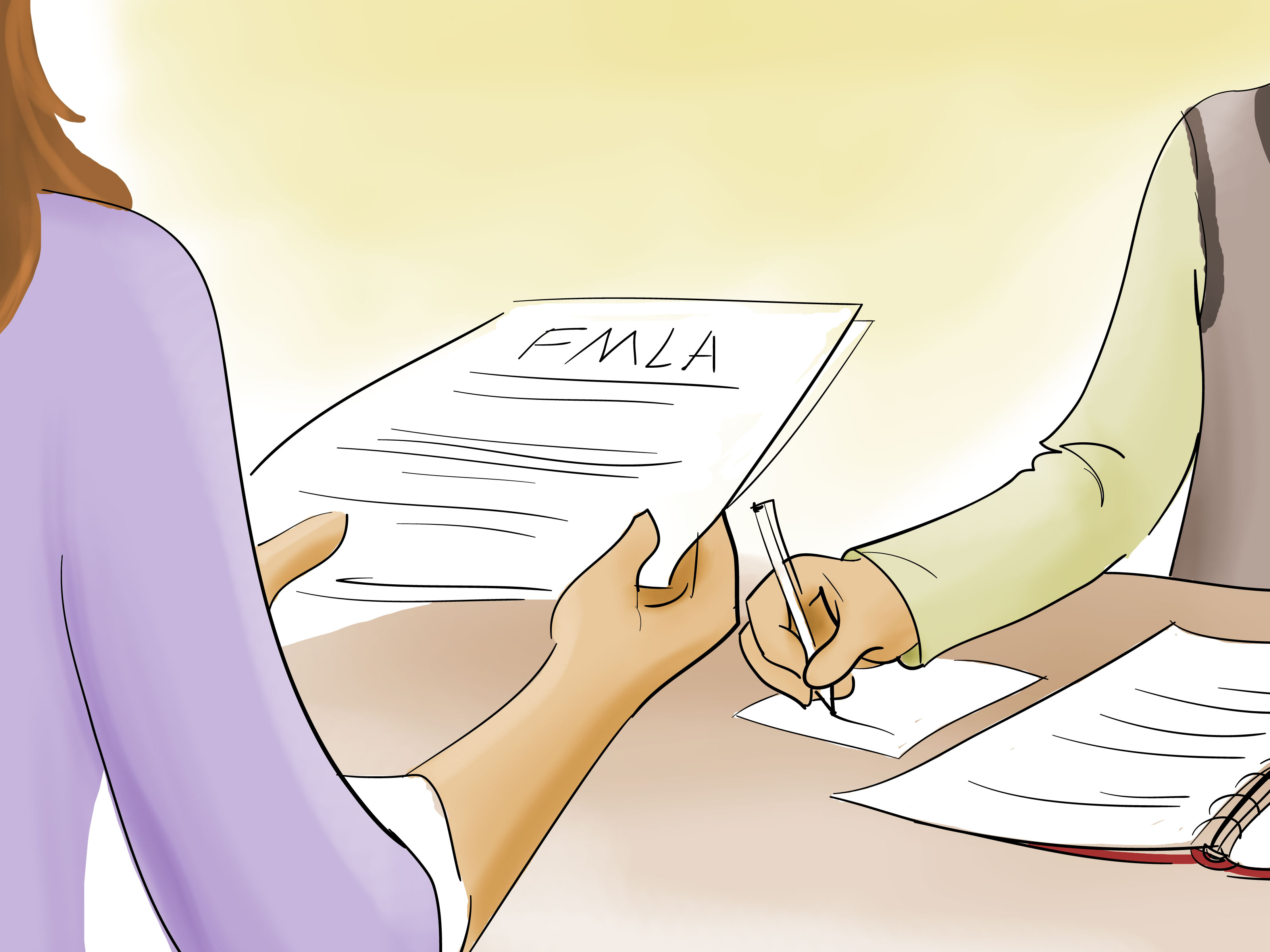3 Steps for FMLA Paperwork During Pregnancy

Managing Family and Medical Leave Act (FMLA) paperwork during pregnancy can be quite an overwhelming task, but it's an essential part of ensuring you can take the time you need for your health and your baby's well-being. Here's a comprehensive guide to navigate through this process smoothly.
Step 1: Understand Your Rights and Eligibility

Before diving into the paperwork, it's crucial to know what you're entitled to:
- Eligibility: You must have worked for your employer for at least 12 months, at least 1,250 hours in the 12 months immediately preceding the start of FMLA leave, and your employer must have 50 or more employees within a 75-mile radius.
- Leave Entitlement: If eligible, you're entitled to up to 12 weeks of unpaid, job-protected leave in a 12-month period.
- Qualifying Reasons: Pregnancy falls under the category of a serious health condition for FMLA, as does the birth of your child, and bonding time within the first year after birth or adoption.
Understanding these rights can empower you when discussing leave with your employer or HR department.
Step 2: Gather Required Documentation

Here’s a checklist for the paperwork you'll need:
- Medical Certification (Form WH-380): This needs to be completed by your healthcare provider. It includes details about the nature of your pregnancy, expected delivery date, and the length of leave you're anticipating.
- Notice of Eligibility and Rights & Responsibilities (Form WH-381): Your employer must provide this within five business days after your FMLA request.
- Designation Notice (Form WH-382): This form notifies you if your leave has been approved under FMLA.
💡 Note: Ensure that your healthcare provider fills out the certification form completely to avoid any delays in processing your leave.
Step 3: Submit Your Paperwork

Once you have your documentation ready:
- Provide Advance Notice: Inform your employer or HR department about your intention to take FMLA leave as soon as you know you'll need it. At least 30 days' notice is required if the need for leave is foreseeable.
- Complete the Forms: Fill out any employee sections on the forms accurately.
- Submit Forms: Deliver your completed WH-380 form to your employer, who will then forward it to their HR department for processing.
- Follow Up: Keep track of the dates when your employer must respond to your FMLA request to ensure everything is moving forward as expected.
📢 Note: Keep a record of all correspondence related to your FMLA leave, including dates when forms were submitted and any responses or approvals received.
Additional Considerations

While navigating FMLA, here are some additional tips:
- Communication: Maintain open communication with your employer about your health and return-to-work date.
- HR Support: HR departments can be invaluable in explaining FMLA policies, so don't hesitate to ask for clarification.
- Medical Updates: If your pregnancy or health condition changes, provide updated medical certification as needed.
At the end of the day, this process is about ensuring your well-being and the health of your newborn. Taking the time to understand your rights and carefully navigating through the paperwork can make your maternity leave a smoother transition into a time meant for rest, recovery, and bonding with your baby.
What if my employer denies my FMLA request?

+
If your employer denies your FMLA request, they must provide a reason in writing. Common reasons for denial include not meeting the eligibility criteria, incomplete or incorrect paperwork, or the leave not qualifying under FMLA regulations. You can discuss this with HR or appeal the decision if you believe it was made in error.
Can I take FMLA leave intermittently during pregnancy?

+
Yes, FMLA leave can be taken intermittently for pregnancy-related conditions, such as prenatal appointments, severe morning sickness, or complications. Discuss your schedule with your employer to coordinate these intermittent leaves effectively.
What if I have both short-term disability and FMLA?

+
FMLA leave runs concurrently with short-term disability if both apply to your situation. This means you might receive disability benefits for part or all of your FMLA leave, providing some financial support while you’re away from work.



